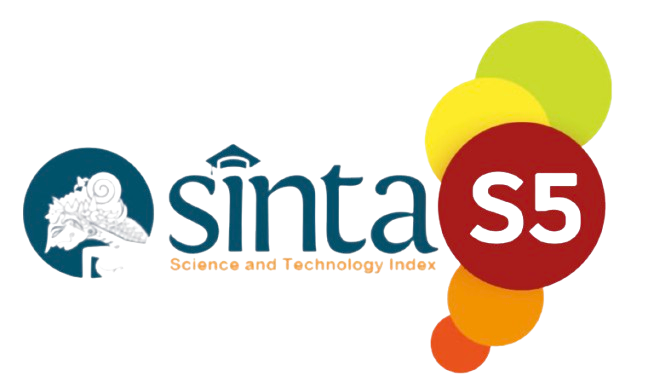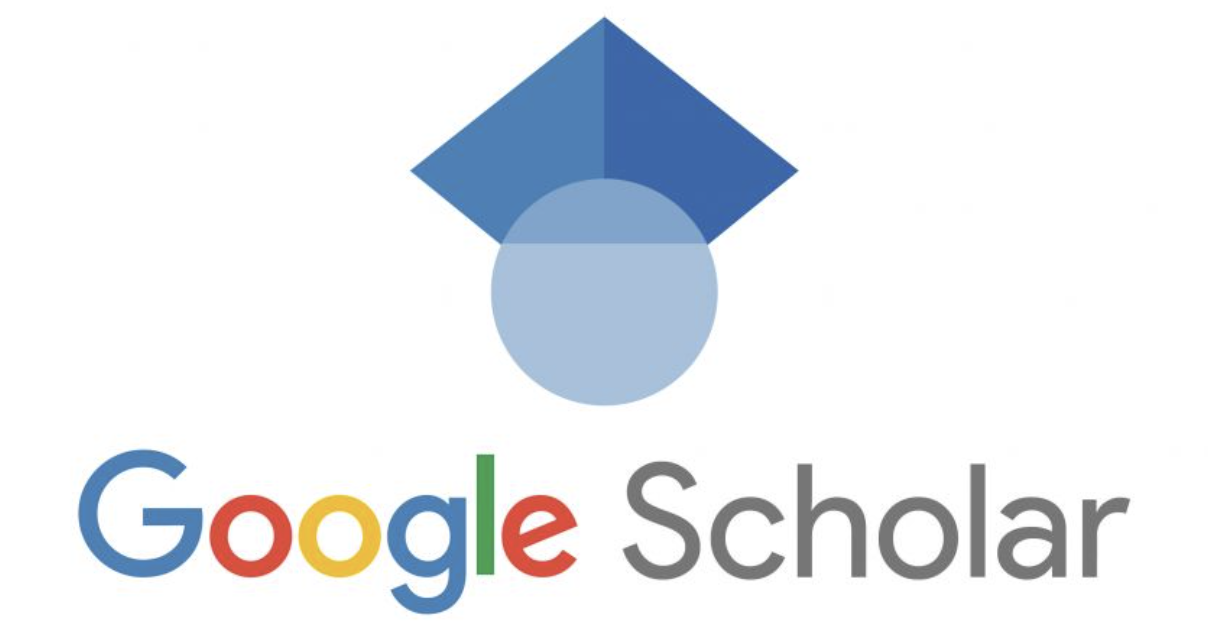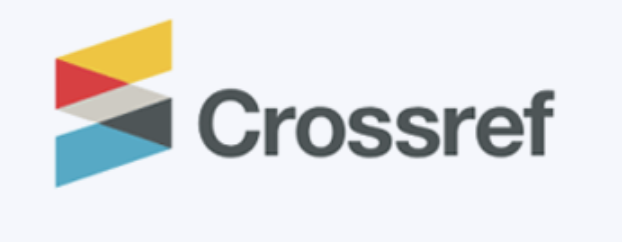Flipped Active Learning with Padlet: Developing Engagement and Metacognitive Skills
DOI:
https://doi.org/10.52217/ijlhe.v8i2.1925Keywords:
Active learning, Metacognitive development, Flipped Classrooms, Padlet Integration, Self-regulation, Critical thinkingAbstract
This study examines the impact of integrating Padlet, a web-based collaborative tool, into flipped learning environments to enhance active engagement and metacognitive development among students. A mixed-methods design was employed, combining pre- and post-course surveys, focus group discussions, and classroom observations. Participants included 50 undergraduate students enrolled in an Educational Science course, where Padlet was used for in-class activities in a flipped classroom setting. Quantitative data were collected using adapted scales (NSSE for engagement, SRQ for motivation, MAI for metacognitive skills) and academic performance metrics. Qualitative data were gathered through semi-structured focus groups and structured classroom observations. Descriptive statistics, paired t-tests, and thematic analysis were used for data analysis. Results indicated significant improvements in engagement (mean increase from 3.6 to 4.1, p = 0.02), motivation (3.8 to 4.3, p = 0.01), and metacognitive skills (3.4 to 3.9, p = 0.04). Qualitative findings highlighted enhanced collaboration, self-regulation, and critical thinking. The study concludes that Padlet-enhanced flipped classrooms effectively support active learning and metacognition, recommending its integration for student-centered instructional design.
References
Bishop, J. L., & Verleger, M. A. (2013). The flipped classroom: A survey of the research. ASEE National Conference Proceedings, Atlanta, GA. https://peer.asee.org/the-flipped-classroom-a-survey-of-the-research
Bredow, C.A., Roehling, P.V., Knorp, A.J., & Sweet, A.M. (2021). To Flip or Not to Flip? A Meta-Analysis of the Efficacy of Flipped Learning in Higher Education. Review of Educational Research, 91, 878 - 918. https://doi.org/10.3102/00346543211019122
El-Senousy, H.A., & Alquda, J. (2017). The Effect of Flipped Classroom strategy using Blackboard Mashup tools in enhancing achievement and Self– Regulated learning skills of university students. Journal on Educational Technology, 9, 144-157. https://doi.org/10.18844/WJET.V6I3.1974
Findlay-Thompson, S., & Mombourquette, P. (2014). Evaluation of a flipped classroom in an undergraduate business course. Journal of Education for Business, 89(2), 69-74. https://papers.ssrn.com/sol3/papers.cfm?abstract_id=2331035
Fulton, K. P. (2012). Upside down and inside out: Flip your classroom to improve student learning. Learning & Leading with Technology, 39(8), 12-17. https://eric.ed.gov/?id=EJ982840
Hastomo, T., Wirandani, B. A., & Yuliyani. (2025). Exploring Instructional Technology Tools and Resources for EFL Students. IJLHE: International Journal of Language, Humanities, and Education, 8(1), 115–126. https://doi.org/10.52217/ijlhe.v8i1.1768
Nawawi, M., & Utami, C. P. . (2024). Students’ Perspectives on the Use of Padlet Wall in Writing Classes. IJLHE: International Journal of Language, Humanities, and Education, 7(2), 159–168. https://doi.org/10.52217/ijlhe.v7i2.1593
Öztürk, M., & Çakıroğlu, Ü. (2021). Flipped learning design in EFL classrooms: implementing self-regulated learning strategies to develop language skills. Smart Learning Environments, 8, 1-20. https://doi.org/10.1186/s40561-021-00146-x
Rasheed, R.A., Kamsin, A., Abdullah, N.A., Kakudi, H.A., Ali, A.S., Musa, A., & Yahaya, A.S. (2020). Self-Regulated Learning in Flipped Classrooms: A Systematic Literature Review. International Journal of Information and Education Technology, 10, 848-853. https://doi.org/10.18178/ijiet.2020.10.11.1469
Reftyawati, D. . (2024). Unlocking Student Collaboration: Exploring the Power of Trello in Education. IJLHE: International Journal of Language, Humanities, and Education, 7(2), 179–192. https://doi.org/10.52217/ijlhe.v7i2.1601
Roozafzai Z.S. (2024 a). Teaching English as a Foreign Language (TEFL) and Smarter Learning Environments in the New Age of Digital Transformation. in Educational Challenges, 29 (1). April 2024. 135-158.https://doi.org/10.34142/2709-7986.2024.29.1.10
Roozafzai, Z.S. (2024 b). The Impact of the Flipped Classroom Method on Learning Outcomes. International Journal of English Learning and Applied Linguistics (IJELAL), 4(2), June 2024, 173–189. https://doi.org/10.21111/ijelal.v4i2.12055
Roozafzai, Z. S., and Zaeri, P. (2024). Digital Dynamics: Exploring the Intersection of AI, Animation, and Personalized Learning. i-manager’s Journal of Educational Technology, 21(1), 1-10. https://doi.org/10.26634/jet.21.1.20850
Shi, Y., Ma, Y., MacLeod, J., & Yang, H.H. (2019). College students’ cognitive learning outcomes in flipped classroom instruction: a meta-analysis of the empirical literature. Journal of Computers in Education, 7, 79 - 103. https://doi.org/10.1007/s40692-019-00142-8
van Vliet, E.A., Winnips, J.C., & Brouwer, N. (2015). Flipped-Class Pedagogy Enhances Student Metacognition and Collaborative-Learning Strategies in Higher Education But Effect Does Not Persist. CBE Life Sciences Education, 14. https://doi.org/10.1187/cbe.14-09-0141
Vygotsky, L. S. (1978). Mind in society: The development of higher psychological processes. Harvard University Press.
Zimmerman, B. J. (2002). Becoming a self-regulated learner: An overview. Theory Into Practice, 41(2), 64-70. https://doi.org/10.1207/s15430421tip4102_2














